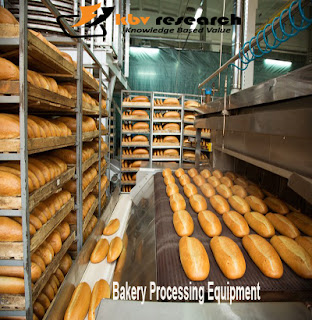A Comprehensive Overview of the Racing Tires Market
In the exhilarating world of motorsports, the performance and durability of racing tires are paramount. As the backbone of any competitive racing event, these specialized tires play a crucial role in determining the outcome of races. The racing tires market is dynamic and influenced by a myriad of factors including technological advancements, regulatory changes, and shifting consumer preferences.
This article provides a comprehensive overview of the racing
tires market, delving into its current landscape, key market drivers,
frequently asked questions, and future outlook.
Market Overview
The racing tires market
encompasses a wide range of tire types designed specifically for various
motorsport disciplines such as Formula 1, NASCAR, rally racing, endurance
racing, and drag racing, among others. These tires are engineered to deliver
exceptional performance under extreme conditions, offering superior grip,
traction, and durability on both dry and wet surfaces.
Market Size
The racing tires market has experienced steady growth in
recent years, fueled by the increasing popularity of motorsports worldwide.
According to industry reports, the global racing tires market was valued at
over $1.5 billion in 2023 and is projected to continue its upward trajectory in
the coming years. Factors such as rising investments in motorsports
infrastructure, growing participation in amateur racing events, and
technological innovations in tire manufacturing are driving this growth.
Key Market Drivers
Technological Advancements
Ongoing advancements in tire materials, construction
techniques, and tread designs are enhancing the performance and longevity of
racing tires. Innovations such as advanced rubber compounds, lightweight
materials, and aerodynamic tire profiles are enabling drivers to push the
limits of speed and performance.
Regulatory Changes
Regulations governing tire specifications and performance
standards in various racing series have a significant impact on the racing
tires market. Manufacturers must continually adapt their products to comply
with evolving regulations while striving to gain a competitive edge through
innovation and performance optimization.
Global Expansion of Motorsports
The globalization of motorsports has led to increased demand
for racing tires across diverse geographical regions. Emerging markets in
Asia-Pacific, Latin America, and the Middle East are witnessing a surge in
motorsport activities, driving the demand for high-performance racing tires.
Growing Popularity of Motorsports
The growing popularity of motorsports, fueled by extensive
media coverage, online streaming platforms, and social media engagement, is
driving demand for racing tires among enthusiasts and professional racing teams
alike. Major racing events such as the Formula 1 World Championship, NASCAR Cup
Series, and World Rally Championship attract millions of viewers worldwide,
bolstering the demand for top-tier racing tires.
Frequently Asked Questions (FAQs)
What are the key factors influencing the performance of racing tires?
Racing tire performance is influenced by various factors
including tire compound, tread design, tire pressure, track surface conditions,
and ambient temperature. Manufacturers carefully optimize these parameters to
achieve the desired balance of grip, durability, and performance
characteristics tailored to specific racing disciplines.
How do racing tires differ from conventional tires?
Racing tires are designed for optimal performance in
motorsport environments, featuring specialized rubber compounds, aggressive
tread patterns, and reinforced construction to withstand the extreme forces
encountered during high-speed racing. Unlike conventional tires, which
prioritize comfort and longevity, racing tires prioritize grip, traction, and
responsiveness.
Are racing tires suitable for everyday driving?
While racing tires offer unparalleled performance on the
track, they are not suitable for everyday driving due to their specialized
design and limited tread life. Racing tires typically have minimal tread depth,
making them unsuitable for wet or slippery road conditions. Additionally, their
aggressive tread patterns can result in increased road noise and reduced
comfort compared to conventional tires.
Market Outlook
The racing tires market is poised for continued growth
driven by technological innovations, expanding motorsport participation, and
increasing global demand for high-performance racing products. As manufacturers
continue to push the boundaries of tire engineering and performance, the racing
tires market will remain dynamic and competitive, offering exciting
opportunities for stakeholders across the motorsports industry.
In conclusion, the racing tires market represents a vital
segment of the automotive industry, catering to the specialized needs of
professional racers, amateur enthusiasts, and motorsport fans worldwide. With
innovation at its core, this dynamic market is set to thrive in the years to
come, fueled by the passion and adrenaline of motorsports.



Comments
Post a Comment